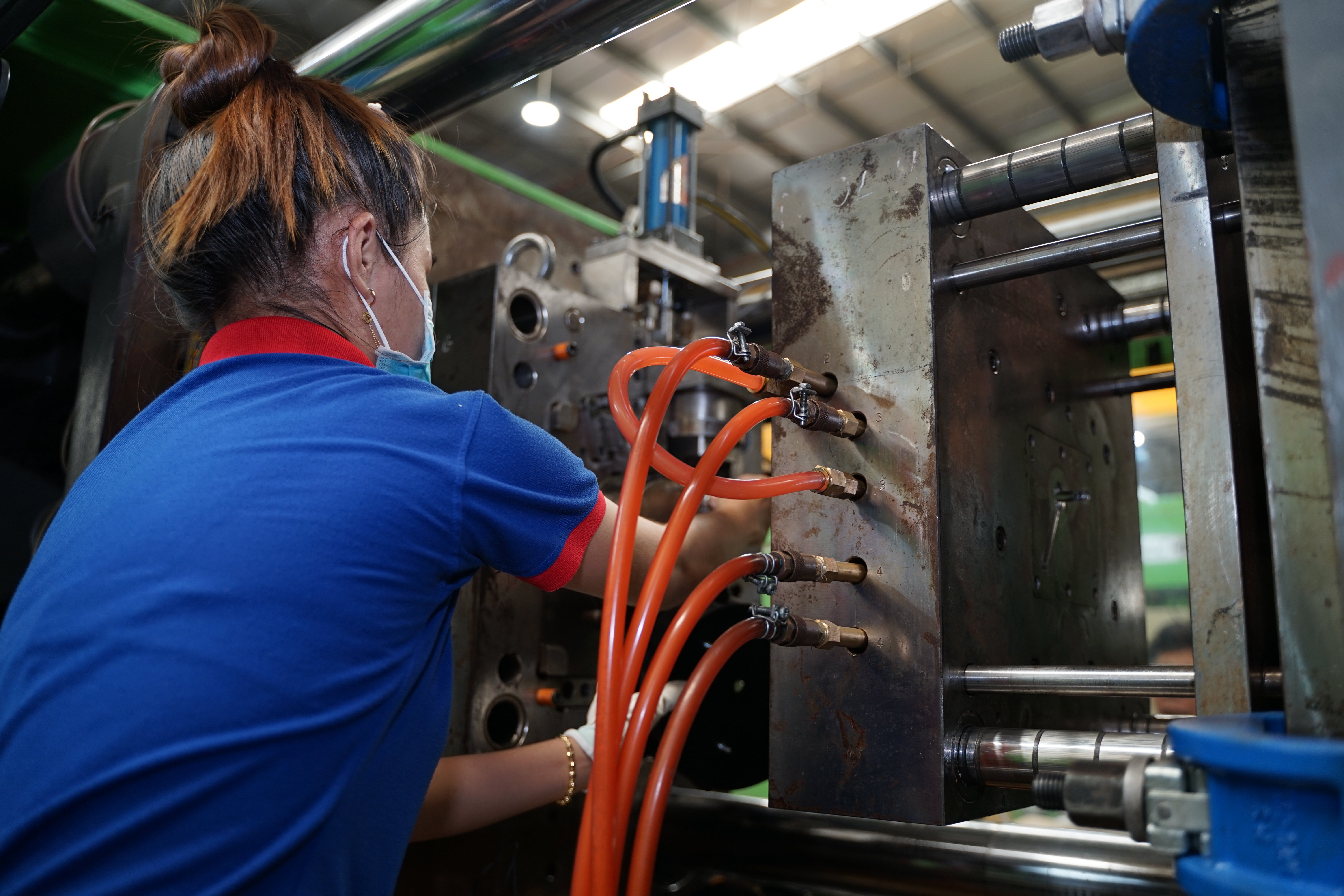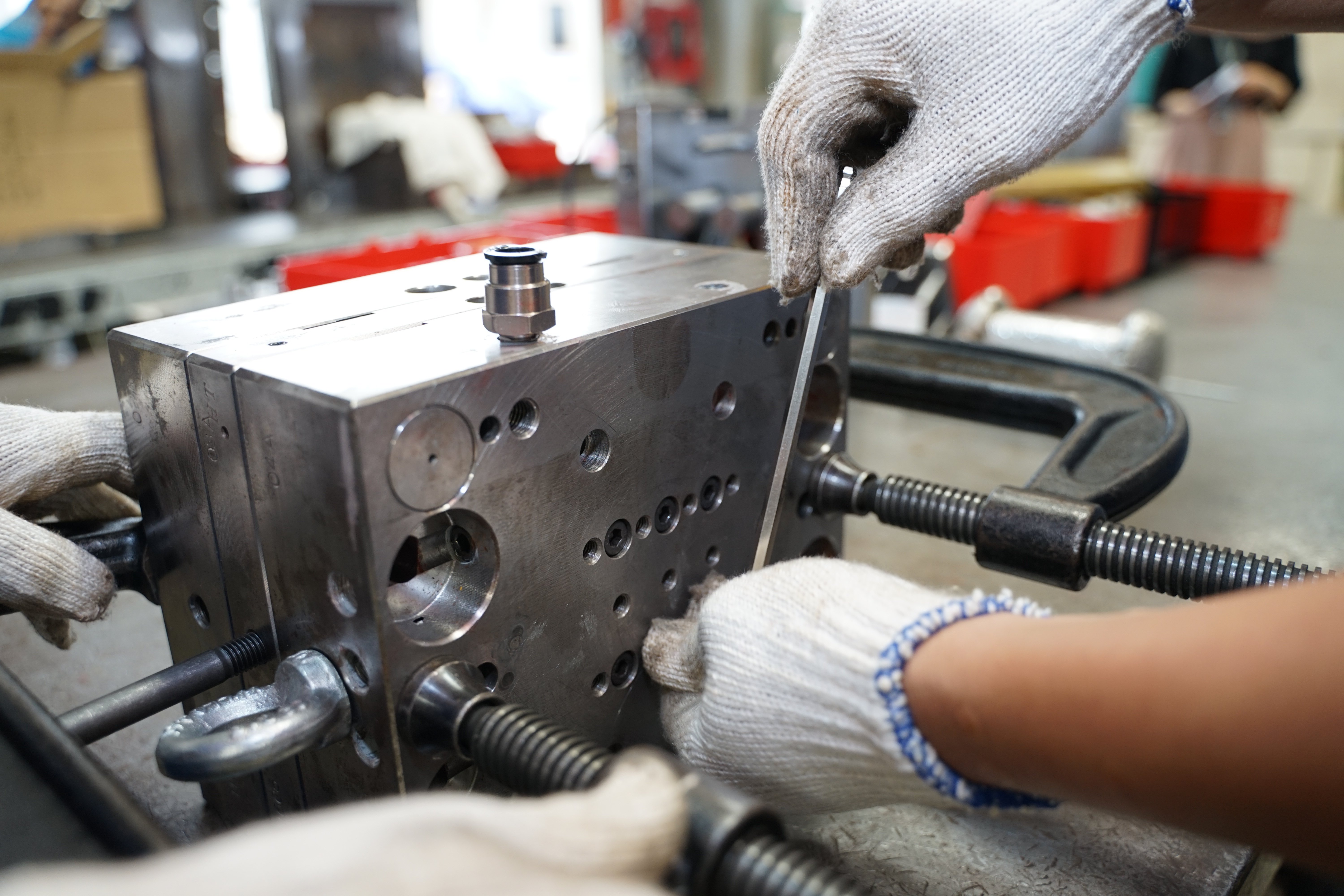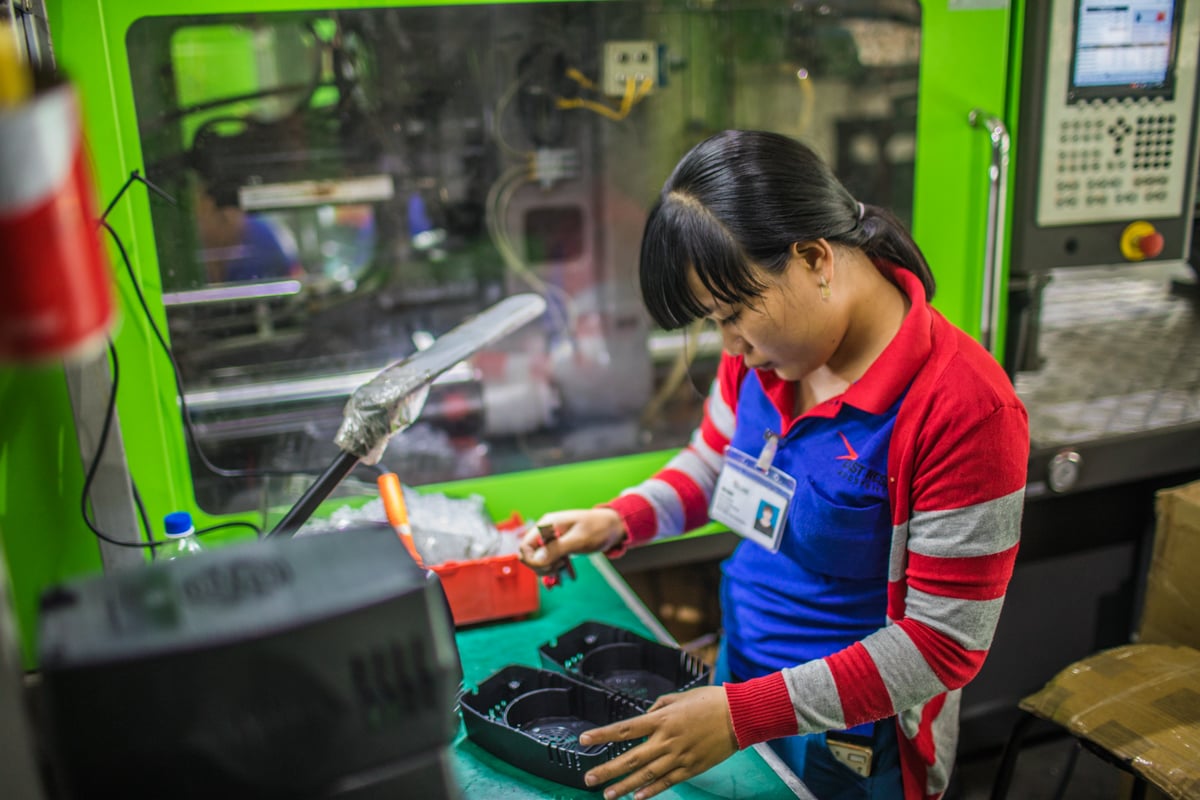You’ve submitted your design, you’ve seen your prototype and… there’s something not quite right. Maybe a curve is deeper than expected, there’s a ridge or dimple where there shouldn’t be. Perhaps it just doesn’t feel the way you expected it to. But it’s a simple fix, right?

Simple doesn’t always mean easy and it certainly doesn’t mean cheap. Product development pricing takes many factors into consideration and even a small change can end up costing you a lot more money – especially if you didn’t communicate your desires on the front end.
How can something so simple end up costing so much?
Very often, it goes back to the process used to create the product. Every process has certain limitations. When your manufacturer quoted your product, they selected a process that met the requirements or expectations of the product. But suppose a year later you decide you want to change something about the part; you want to make the finish thicker because you’ve noticed it’s wearing off slightly. While that seems like a small change from your side, on the manufacturer’s side it’s a different story. The manufacturer might have to change the production process to one that is more complicated, or time and labor intensive. Maybe the materials used are more expensive. Sometimes re-tooling is the issue.

Here’s an example:
A customer’s prototype was made using Computer Numeric Control (CNC), a commonly used production method using a computer program and automated machines to precisely cut the tool rather than relying on manually operated controls. During a side-by-side comparison of their previously produced part and the new prototype, it was discovered that the new part had a minor aesthetic difference – barely noticeable to anyone other than the customer, and one that didn’t affect the product’s performance.
Once the customer became aware of the difference, they asked about what it would take to change the tool to replicate the original part exactly. Because the retooling would require a different process, Electrical Discharge Machining (EDM), a manufacturing process that uses electrical discharges to ‘cut’ the desired shape, the price went up substantially. In this case, it doubled.
FIRST QUESTION: How does such a situation happen? Isn’t that something that should have been settled before prototyping?
The answer is that this can happen any number of ways. Sometimes details aren’t specified, either in preliminary discussions or in drawings or CAD models. Sometimes there’s simply a “failure to communicate.”

SECOND QUESTION: Who bears the cost?
That depends on the situation. Typically, if a customer made a mistake and the only solution is to remake the tool, the customer will end up paying for the new tool.
All tools have a life expectancy, for example 100,000 shots. Tool life is affected by a number of things including the material from which it’s made, the cutting speed and the load it’s expected to bear.
Let’s say a tool runs its course, but the customer is still making orders. A new tool must be made, but some contract manufacturers won’t charge to make that new tool because of the relationship with the customer. If the customer wanted to make some changes, the contract manufacturer would probably work with their customer on any fees, sometimes absorbing the cost of retooling. It depends on the relationship between parties, and the magnitude of the changes.
Another thing to consider: if a design change results in a material change, you could be looking at higher costs — especially if materials for the previous design were already ordered. It can also cause higher unit costs, scrapping fees and delays.
One thing is certain, partnering with a manufacturer who can offer capabilities in a variety of manufacturing processes is sure to save you time and money. And those are two things everyone can use more of.
For additional reading about product development and cost, check out:




.jpg?width=176&height=56&name=MR_associatedNetwork_logo%20(1).jpg)